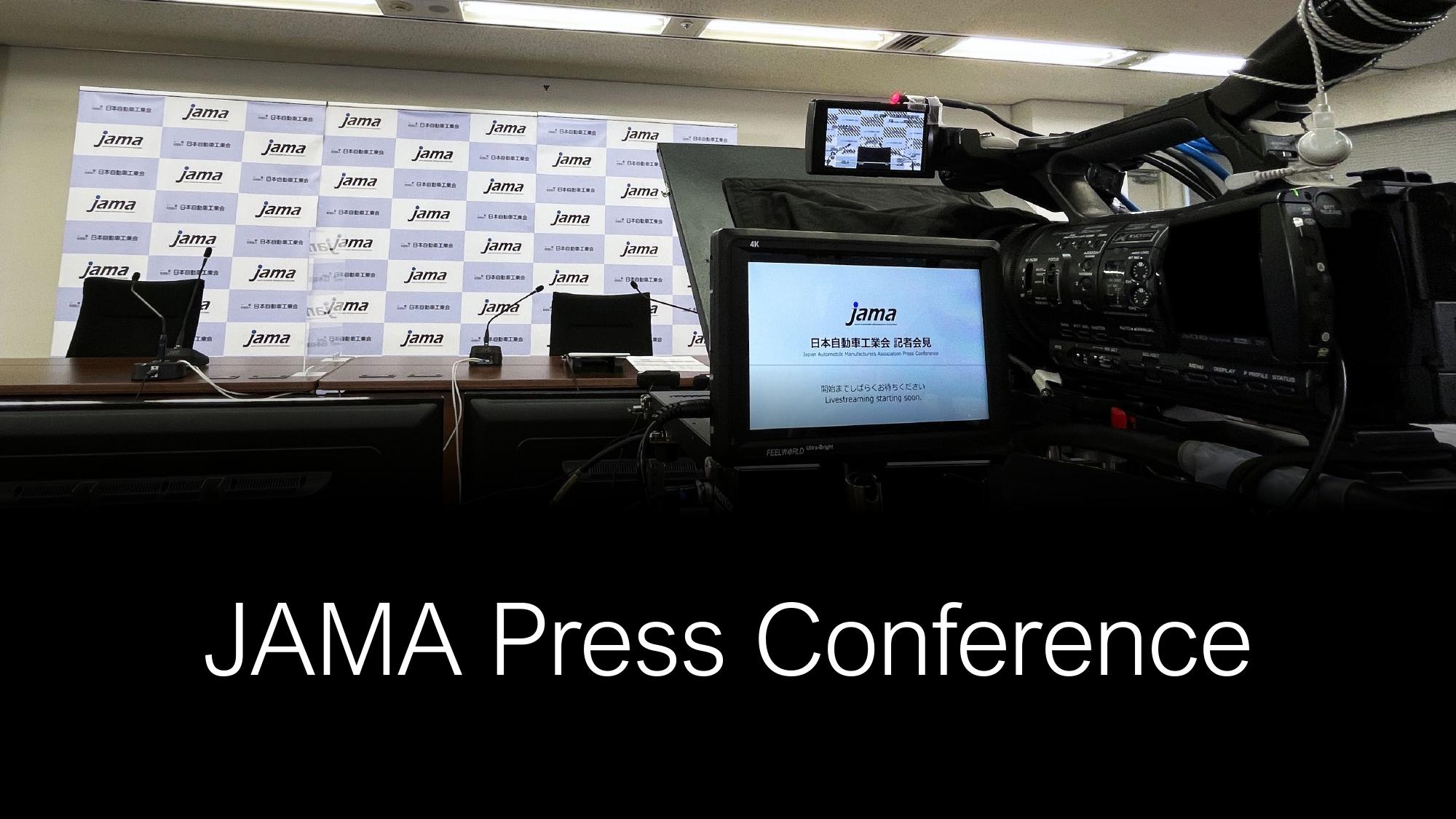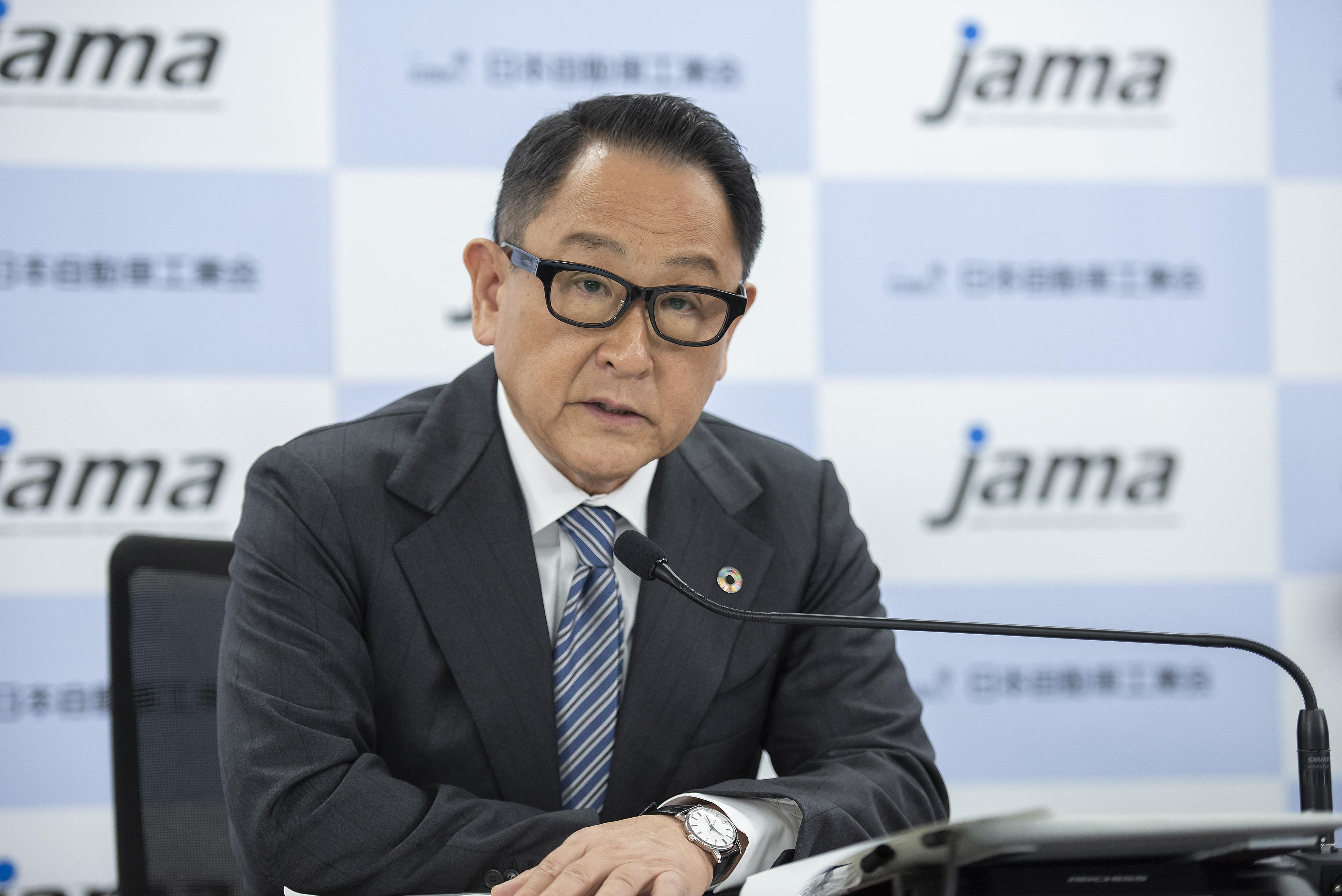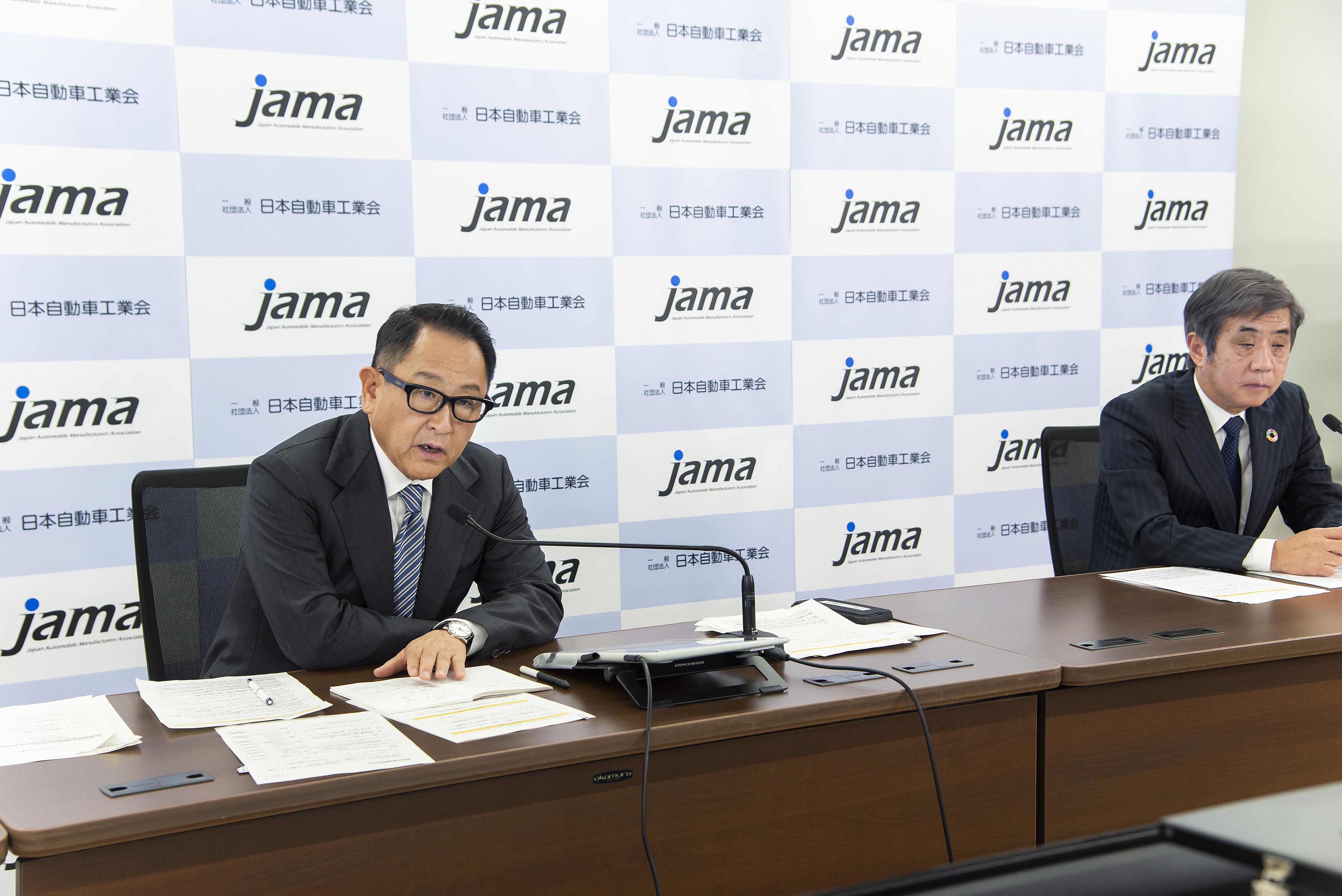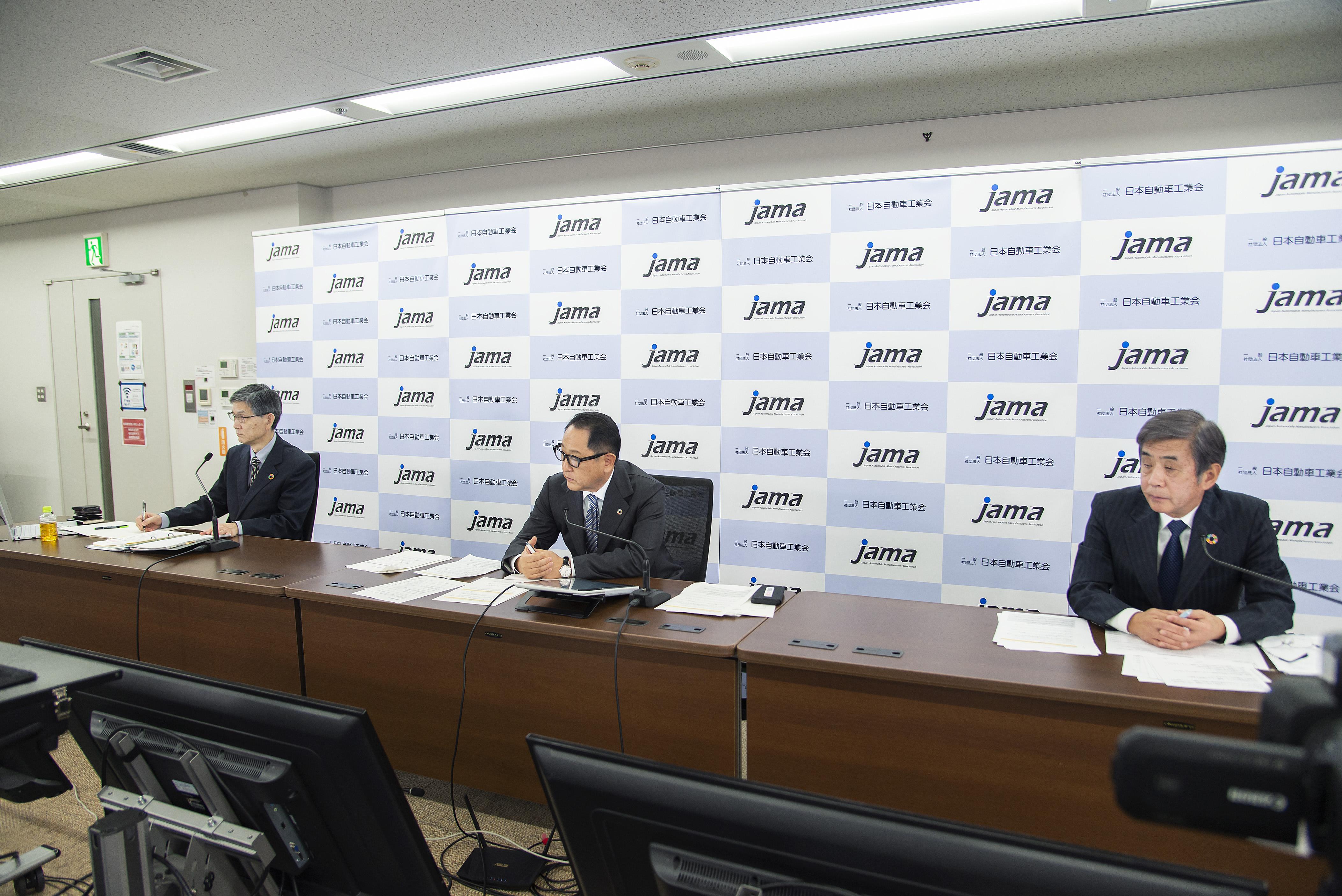
After announcing his resignation, Akio Toyoda has now said he will stay on as JAMA chairman. Toyota Times sheds light on this change.
Chairman Toyoda’s comments on continuing
Chairman Toyoda
Firstly, to give some background on my resignation, I made my decision on the premise that stepping down as president of Toyota meant stepping down as JAMA chairman.

I first became involved in JAMA activities in 2010. The following year, the Great East Japan Earthquake struck, plunging the entire nation into the depths of grief, and dealing a devastating blow to the automobile industry, with a major impact on vehicle production around the world.
Ever since, even as JAMA underwent restructuring, moved to the current full lineup of vice chairmen, and rotated leadership, I believe that we were able to establish an unwavering commitment to working with our 5.5 million colleagues for the good of Japan and the future.
In the area of carbon neutrality, another urgent challenge, we are starting to see a shift in the debate, with more people embracing the idea of tailoring approaches to individual countries and regions.
Given the three hats I wear—those of Toyota president, JAMA chairman, and Morizo—I felt that I could support the auto industry and its 5.5 million people without being dragged over the coals by continuing my efforts as Morizo, rather than standing in the spotlight.
That’s why I decided to step down. As Mr. Katayama mentioned, my reason for subsequently staying on is that the vice chairmen presented a concrete proposal for creating a structure to tackle challenges as a team.

And going back to what I said earlier, for me the Great East Japan Earthquake highlighted the fact that the auto industry is a collective effort—where losing even a single company might mean we can no longer produce cars, motorcycles, heavy-duty or minivehicles—and that the world needs Japan’s automobile industry.
I believe this experience became the unwavering core of my activities at JAMA, where 12 years have already passed since I first assumed the role of chairman.
In my inaugural address, I made two commitments that would guide my efforts at JAMA: to protect Japan’s automobile industry, and to lead the global auto industry. To fulfill these commitments I indicated that, above all else, I wanted to emphasize competition and cooperation.
My mindset has not changed at all—if anything, it has only grown stronger. In my remaining year in office, I will do my utmost to ensure a happy future for the JAMA vice chairmen, directors, and staff, along with the other 5.5 million people in Japan’s auto industry. Thank you for giving me that opportunity.
Akio’s comments were followed by questions from the press, participating remotely.

Right off the bat, they asked why it had taken two months to announce Chairman Toyoda’s decision after he had been persuaded to stay on. Vice Chairman Katayama was first to respond.
The chairman position was saddled with onerous responsibilities. We needed to work through things as a team. In asking Chairman Toyoda to remain, it was essential that we as vice chairmen were prepared to take on the challenge. We took time to figure out the specifics of building the team.
Next, a reporter asked what would become of the arrangement which saw the JAMA chairman position filled by a top executive from one of the member companies.
We will continue adhering to this arrangement as a guide. However, with (incoming Toyota President) Sato joining as vice chairman, nearly all of the vice chairmen will be member company CEOs. We concluded that this would be the most effective approach.
To ensure that the Japanese industry can prevail in this era of transformation, we will prioritize creating a highly effective structure over sticking to existing rules. If the time comes to revise the arrangement, we will be happy to do so.
In terms of emphasizing speed, bringing together top executives enables us to make swift decisions about the direction of the auto industry. The overarching concept is a structure that allows us to act quickly without being constrained by our own rules.
We want to continue discussing the optimal structure and framework for the Automobile Manufacturers Association.
Chairman Toyoda commented, “I want to focus more on the 5.5 million people (in Japan’s auto industry), whereas Vice Chairman Sato will center on the 370,000 working at Toyota-related companies. That’s how our roles will be divided.”

